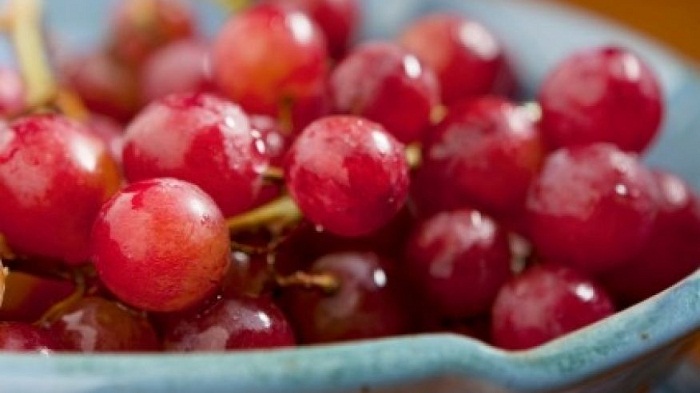Here are six ways to manage the added sugars in your diet… without feeling deprived.
Although the FDA has always required the amount of sugar to be listed on the Nutrition Facts Label of food products, it was difficult to know exactly how much sugar was naturally occurring in the food and how much sugar was added by the food manufacturer. While you might not be surprised to see foods like breakfast cereals and soda containing a significant amount of added sugar—this popular additive has also found its way into unexpected places like sauces, bread, soups, frozen dinners, and protein bars. Fortunately, new FDA rules will require food manufacturers to show exactly where the sugar is coming from by separately outing “added sugars” on the Nutrition Facts Label. These labels aren’t set to debut until 2018, so in the meantime check the ingredient list to see what added sugars (such as high-fructose corn syrup, sucrose, dextrose, and fruit concentrate) might be lurking in your food.
Add in protein
Foods high in added sugar can cause your blood sugar levels to rise quickly and then fall, leaving you feeling tired and craving more sugar. By balancing out sugar with protein it will not only create a more nutritious snack, it will help you maintain your blood sugar levels for better health. Rather than a candy bar with 20 grams of sugar, opt for a handful of pistachios with 1-ounce of dark chocolate. Not only will you cut the amount of added sugars in half, you’ll add in important nutrients from the pistachios like protein, fiber, potassium, and B vitamins. Plus, protein helps to increase "satiety," or a feeling of fullness after eating a meal, so it can help reduce calories from mindless snacking.
Buy unsweetened
Purchasing foods labeled "no added sugar" or "unsweetened" can significantly cut down on your added sugar intake. Almond milk, soy milk, peanut butter, oatmeal, applesauce and canned fruit packed in juice are all examples of foods with unsweetened versions available in most grocery stores. How much sugar can you actually save by choosing the unsweetened version? One cup of vanilla almond milk has 16 grams of sugar while 1 cup of unsweetened vanilla almond milk has 0 grams of sugar. One packet of flavored instant oatmeal has 12 grams of sugar while 1 packet of the original instant oatmeal has 0 grams of sugar. Your best bet is to buy the unsweetened version and then add fruit or spices to naturally enhance the flavor to your liking.
Choose naturally sweet foods
Added sugars are not the same as naturally occurring sugars in whole foods like fruit, which provide vitamins, minerals and antioxidants—three things you’re not going to find in a sugar bowl. Using fruit instead of added sugar in your recipes can be a great way to add sweetness and good nutrition. Grapes, for example, can be enjoyed straight off the vine or used in recipes to help reduce added sugars. A serving of grapes (3/4 cup) contains just 90 calories and provides vitamin K, potassium, and antioxidants for good health. Try them frozen with a drizzle of chocolate, heated into a sauce, or sliced on a Greek yogurt tart.
Spice it up
While spices are often recommended as a healthy way to cut down on the amount of salt used in cooking, spices are also a smart way to reduce the amount of added sugar in meals. Classic baking spices like cinnamon, apple pie spice, and vanilla extract can be tasty additions to recipes and help you use less sugar. For example, if you normally have toast with jam for breakfast, try it with a sprinkle of cinnamon instead and you’ll cut out 10-12 grams of sugar per tablespoon of jam. KIND Nut & Spice bars with flavors like Dark Chocolate Almond Mint and Cashew and Ginger Spice are a great example of how a company used simple ingredients along with spices to cut down on the amount of sugar—each bar has no more than 5 grams of sugar. In addition to being sugar-free, spices also offer a variety of medicinal properties, including heart health benefits.
Drink to your health
People looking to cut down on added sugars by avoiding sodas and fruit-flavored drinks may find themselves turning to alternatives like bottled tea and coffee. While these can be smart swaps, be sure to read the Nutrition Facts Label so you don’t get fooled. For example, a popular bottled coffee beverage contains 32 grams of sugar per serving—which is more added sugar than the amount in a 12-ounce cola. Your best bet is to hydrate with unsweetened tea or sparkling water flavored with citrus, berries, or spices/herbs like ginger or mint.
More about:
















































